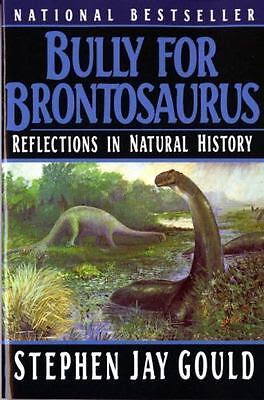First impressions review: Gathering Moss, by Robin Wall Kimmerer
This little book took me longer to read than I would have expected – but that’s not a bad thing! As befits its subject matter, it was mostly quite calming to read, and I enjoyed sampling it a bit at a time.
If you pick this up,
expect something more in the vein of John Muir rhapsodizing about sequoia
groves than a field guide to mosses; if that’s what you are looking for, there
is a helpful list of suggestions at the back. You will learn a lot about
moss, mind you! It is just presented in a very personal/artistic way. As a
botanist myself – but one who works with woody plants - I picked up some new
facts and, for many of those I already knew, got to enjoy her immersive style of
explanation.
For instance, I
hadn’t particularly pondered whether animals like chipmunks or slugs might aid
in moss dispersal before, so that bit was a delight. I also intend to look up
her thesis work with moss as an illustration of the intermediate disturbance
hypothesis. More alarmingly, I
hadn’t realized that most of the dried moss that goes into things like the
topiary animals they sell at garden centers is effectively strip-mined out of
forests (where it would take 20+ years to grow back). Heck, most people
probably don’t even realize it is real moss, given that it’s clearly
dyed!
Kimmerer gets more experimental with her prose style here than in ‘Braiding Sweetgrass’, which was fun to see even when a chapter here and there didn’t quite work for me.
For instance, in ‘An Affinity for Water’ she goes back and forth between talking about how mosses survive near total desiccation and a family story and I found myself getting a little lost about what was happening in the latter. But there were still lots of gems, like: “Mosses have a covenant with change; their destiny is linked to the vagaries of rain. They shrink and shrivel while carefully laying the groundwork for their own renewal. They give me faith.”
‘The Owner’ almost has horror-story vibes what with the anonymous invitation to some backwoods mansion…and that turned out to be accurate, not so much for Kimmerer as for the ecosystem!
The snapshots of life as a field scientist were fun and quite relatable, from memories of a professor stashing a cold beer (for himself only) in the cool depths of a sphagnum hummock to illustrate the temperature gradient, to this:
“The only problem was logistics. How could I make all the detailed measurements I needed while chest deep in the river? Over the next few weeks I tried lots of things… The number of dropped pencils and rulers was disheartening…I tied little Styrofoam floats to all my equipment, but the current just carried them away, bobbing merrily downstream before I could grab them…”
Or also:
“A biologist friend of mine…once scooped up some slug feces while waiting for a bus and brought them home for a look under the microscope. Sure enough, they were full of tiny moss fragments, and he happily phoned me…Biologists may make unsuitable dinner conversation, but we are seldom bored.”
Yup. I am constantly blindsided by where other people’s standards for “too gross” are!
Her quest to rediscover the indigenous uses of moss was a bit sad but ultimately pretty satisfying. It’s just a shame to think how much knowledge must have been lost because either a white man researcher didn’t think it worth jotting down OR it was considered spiritual or gender-specific knowledge that probably wouldn’t have been shared with him even if he’d asked.
Speaking of elders and family connections, though, it was fun to see that Kimmerer’s dad drew many of the illustrations, as well as her memories of taking her daughters to the field station!
All in all, a very enjoyable book.



